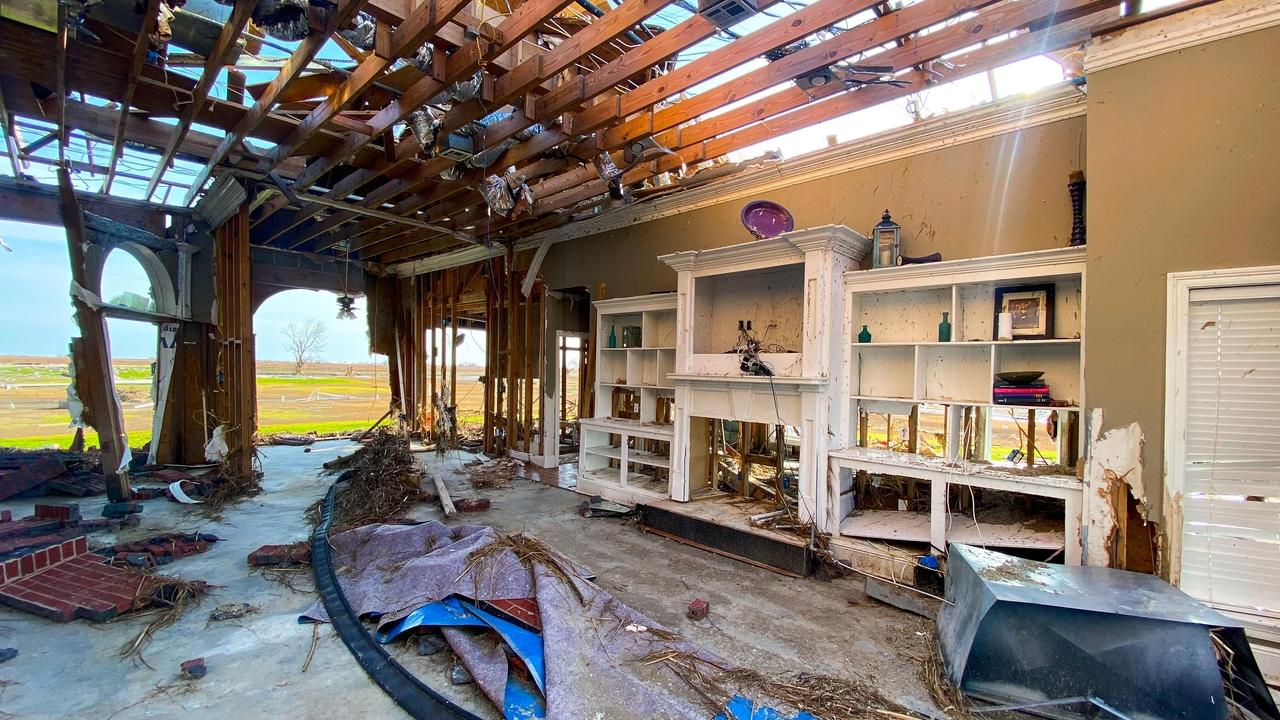Hurricane Season: Inventory and Insurance Preparation

Today is the best day to get your home hurricane ready and ensure you have all the insurance you need to keep your home safe. This article will provide you with the resources to ensure you get the best insurance policies to protect against hurricane damage.
Step 1: Find your current insurance policy. You should already have it copied and saved somewhere (either in the cloud or in your go-bag).
Step 2: Review carefully what your current policy covers.
Is it up to date? Is it set up properly - does it have any errors (the policy owner’s name, the address?) How much does it cost compared to policies in your area? You can compare your current policy’s cost to the average in your area by using tools like this one.
Step 3: Check your state’s rules.
Every state is different, but most states will require that you have wind damage and flood insurance policies to be covered in the event of a hurricane.
Step 4: Never assume that your home insurance policy will adequately protect you against a hurricane - you should read it carefully. In some policies, there are conditions that can impact whether you get reimbursed, like if the storm actually reached land, or if it was a named hurricane. You should be aware of these conditions before signing off on a policy.
Here are a few other things to look for in your home insurance policy:
- Make sure to check the inventory and personal property that you have included on your policy, and items are all up to date.
- Ensure your insurance limit is enough to rebuild your home - especially if you have made significant changes or renovations.
- Check your declarations page to know what deductibles you have. In coastal states, there may be separate deductibles for hurricanes.
- Check exclusions like flooding, sewer back up, and windstorms.
- Does your policy have ALE (additional living expenses coverage)? This policy can reimburse you for hotel bills, loss of rental income, food, etc.
- Check the fine print on your renter’s insurance. If you are renting, it is crucial to define what you are responsible for and what the owner is responsible for handling. Usually, the owner’s insurance will cover the structure but you are responsible for damage to belongings. If you have renters insurance, know what is covered and ensure your listed belongings are updated.
Step 5: Document your belongings and the status of your house before and after any weather event. This article gives an excellent overview of how to create your own home inventory. You can keep your own itemized checklist, or you can use apps like the ones listed here to document your property, take and store photos, and more.
To learn more about how to prepare for a hurricane, follow Aerial Recovery Group on Instagram, or take our free volunteer training to learn more about how to be resilient and prepared in the face of any disaster.

